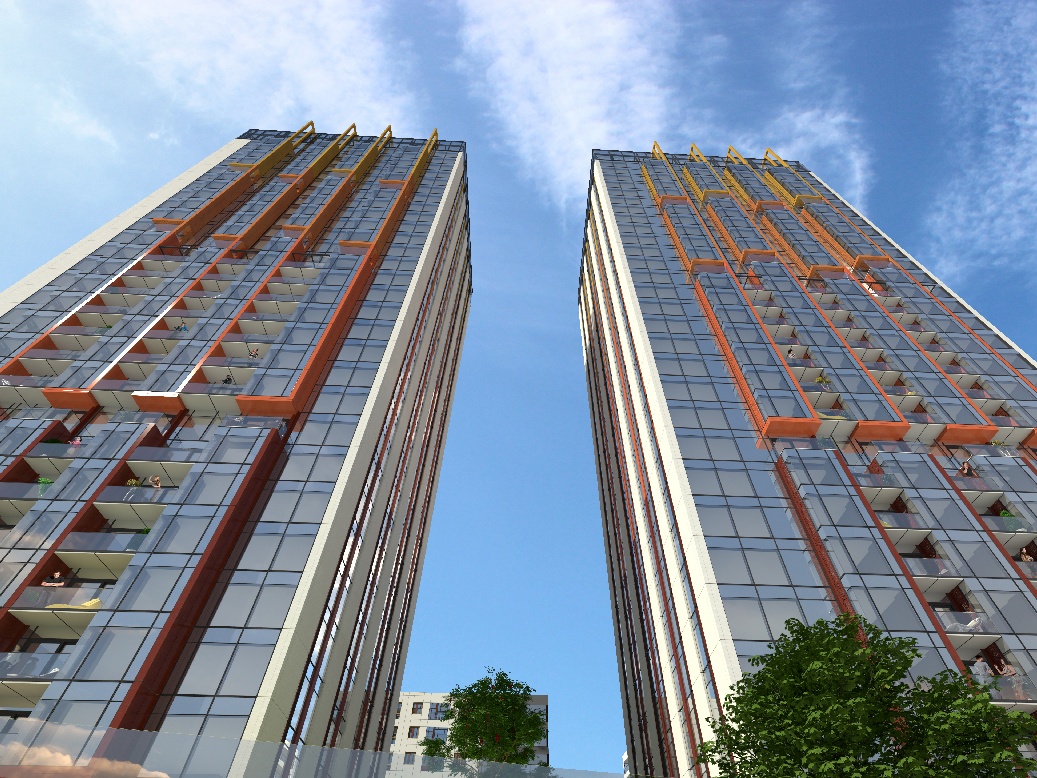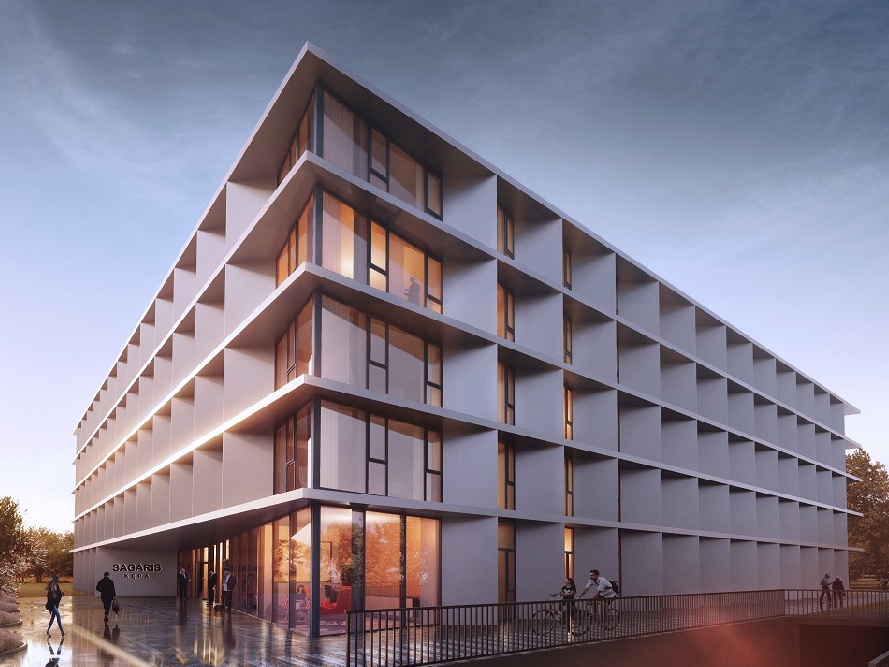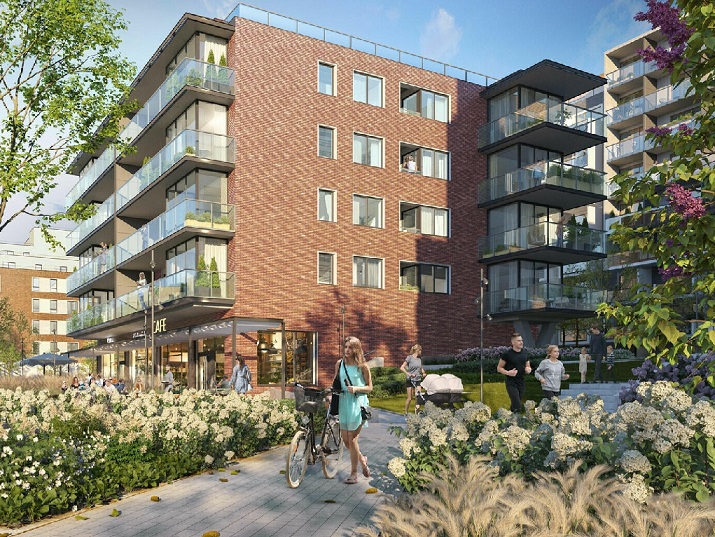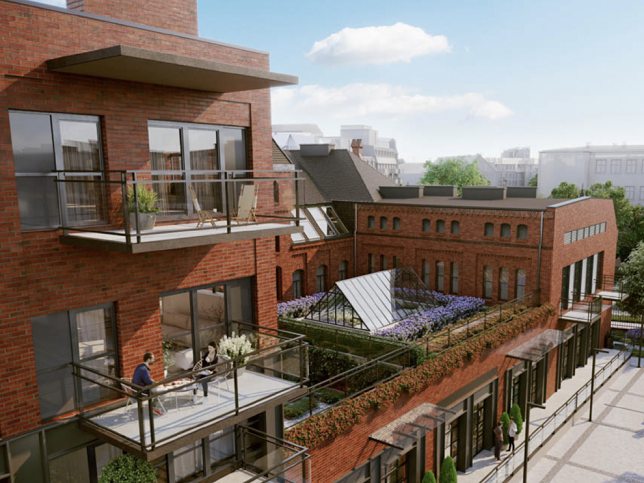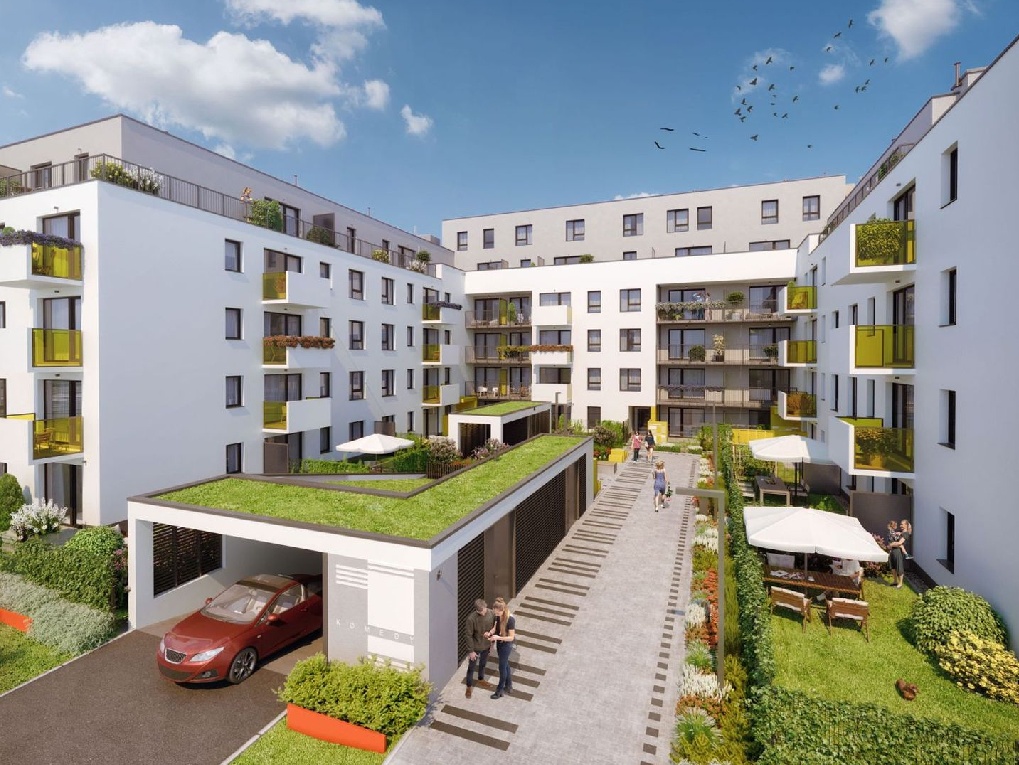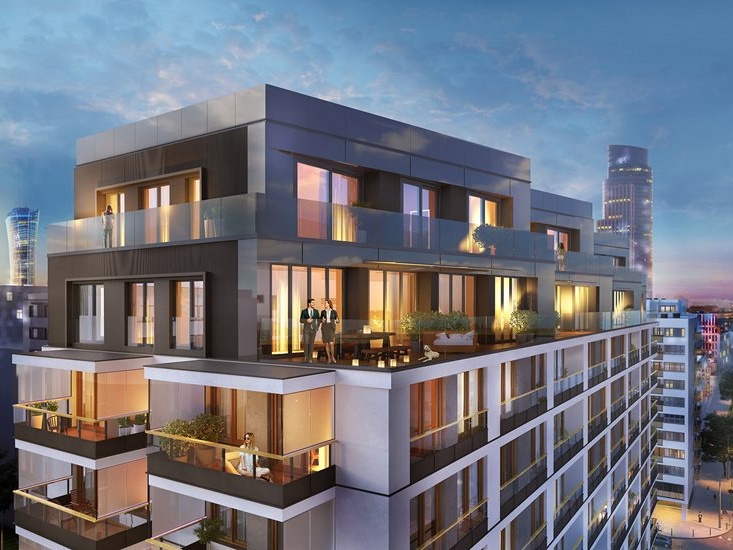PROPERTIES & RESIDENCE
Slovakia
via Property Acquisition
via Company Formation with €15,000 capital
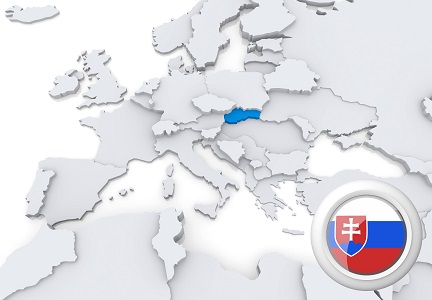
Advantages of obtaining a property in Slovakia
Slovakia is experiencing steady population growth, which is a positive indicator for potential real estate pricing trends. In recent years, the country's GDP growth has been healthy, and even during the pandemic, it remained strong, with a per capita income of over 19,000 USD annually. The unemployment rate has decreased significantly from 14% in 2013 to 5% in 2019, and inflation remains low, while the national debt is under control. As a member of the EU and NATO, Slovakia is located in the heart of central Europe, just 79 km from Vienna. The number of tourists visiting the country more than doubled between 2009 and 2019, indicating significant growth potential in the tourism sector.
Residence permits on the grounds of owning real estate
Slovakia has very few restrictions on foreigners buying properties, with the exception of agricultural land and forests. Both EU and non-EU citizens can buy properties in Slovakia without any restrictions. The buy-sell costs are relatively low, with a 20% VAT only applying to properties up to 5 years old, mainly new developments. For older properties, the costs are lower, with only a 2% legal registration fee and a low real estate agent fee. This makes buying property in Slovakia quite affordable for foreign buyers. Property prices in Slovakia have been steadily increasing at about 15% per year. Long-term rental yields are stable, but not very high, with an average growth of 4-4.5% per year.
Residence permits on the grounds of company formation
An investment of 150,000 EUR into your own or existing company will grant you the residency in Slovakia.
Taxes & Rental income tax
Slovakia offers a tax-friendly environment for property owners. There are no welfare taxes, inheritance taxes, local taxes, or property taxes. Rental income tax is calculated based on income, with a rate of 19% for income up to 35,000 EUR, and 25% for income above that amount. Property owners can deduct various expenses such as repairs, charges, and utilities from their rental income. Corporate tax is set at 21%, personal income tax at 25% (or 19%), and social security tax at nearly 50% (with companies paying 35.20% and employees paying 13.40%).
Dual nationality is allowed for most clients born overseas. However, if a person holds Slovakian citizenship along with another citizenship, Slovakian citizenship is dominant. Capital Gains Tax (CGT) for property is set between 19% and 25%, depending on the property value. If the property is not used for business purposes, there is no CGT.
Slovakia's tax policies create a favorable environment for property owners, with low taxes and the possibility of deductions to reduce tax liability.
Other residence types in Slovakia
Adoption, naturalization and others, such as student, employment, etc.
Which residence permits offer a path to permanent residency and citizenship?
Obtaining Slovakian citizenship offers a variety of benefits, including access to the Schengen Zone and visa-free travel to 189 countries, including Canada. There are several types of residence permits that can lead to citizenship, with the requirement being eight years of permanent residence in Slovakia prior to application. Applicants must have no criminal record, outstanding European arrest warrants, or deportation orders. Additionally, they must demonstrate knowledge of the Slovakian language and the country. In some cases, grants of citizenship may be given to individuals, such as those who get married to Slovakian citizens. Alternatively, individuals who have significantly contributed to Slovakia based on economical, technological, scientific, cultural, social, or sporting matters may be granted citizenship outside of the regular procedures, at the discretion of the government.
Restrictions & Challenges
While the rental yields in Slovakia are not exceptionally high, they are stable and reliable, and the country has a strong tradition of home-ownership. However, finding tenants for your property may require some time and effort. It's worth noting that the social security tax is relatively high, standing at almost 50% for employees. Additionally, it's important to consider that not knowing the Slovakian language can be a significant obstacle to obtaining citizenship and a passport. To apply for citizenship, you need to have at least 5 years of residency in Slovakia, and 8 years of permanent residency before you can submit your application.
Slovakia
LOCATION: Key location in the heart of Europe with great export potential
STABILITY: One of the safest and politically most stable countries in Europe
EUROZONE: A member of the Eurozone since 2009 as one of a few in CEE
QUALIFIED WORKFORCE: Cost–effective, skilled and loyal labour force with excellent multilingual skills
WORLD-CLASS PRODUCTIVITY: The highest labour productivity rate in the region (Eurostat)
INVESTOR-FRIENDLINESS: Continuously improving the competitiveness of the Slovak business environment (World Economic Forum)
INNOVATIVE ECOSYSTEM: The highest share of higher added-value jobs in CEE, ready for new investments into R&D and innovation (OECD)
Growth And Business Advantages
Slovakia's economy has performed strongly compared to both the Eurozone and emerging economies, but it has a high dependence on exports, particularly automotive shipments, which causes above-average cyclical fluctuations in growth. Over the past 20 years, real GDP has expanded by an average of 3.5%, which is above the average of Central and Eastern European EU member states and equal to the whole Emerging Europe average. However, due to the dependence on exports (which amounts to almost 100% of GDP), Slovakia's economy was hit harder by the global Covid-19 crisis than others, with a decline of 5.2% in 2020, despite significant economic policy support.
Going forward, a broad-based recovery is expected, with annual growth projected in the range of 4% to 5% in 2021-2022, driven by a rebound in both domestic and external demand. However, sustained or renewed supply-chain disruptions pose downside risks to these forecasts.
Slovakia's largest car producers are located in western Slovakia (Bratislava, Trnava, and near Žilina), making it the largest car producer per capita in the world. The British Jaguar Land Rover opened its plant near Nitra in 2018 and sees a significant opportunity for the development of the network of carmakers' subcontractors, particularly in the east of the country.
The electrotechnical industry is the second strongest pillar of Slovakia's economy, with companies located in Galanta, Nitra, Nové Mesto nad Váhom, among others. Other sectors with a tradition in Slovakia are the chemical industry and forestry.
IT is a promising sector in Slovakia, with strong IT clusters in Bratislava, Košice, and Žilina. Slovakia has also become home to several business service centers, most of which are currently located in Bratislava, with opportunities to expand into other parts of the country.
The trend of transitioning the economy towards services is evident through the growth of startups and R&D centers, many of which can utilize EU funds or the state's investment incentives. For potential investors, the automotive, electrotechnical, and IT industries offer the best opportunities for growth and investment in Slovakia.
Real Estate Trends
According to the National Bank of Slovakia, the average price of dwellings in the first quarter of 2021 increased by 2.5% to 2179 EUR/m2, which is a growth of 54 EUR/m2 compared to the previous quarter. However, the annual growth rate decreased to 8.6%. The price of 4-room and 1-room apartments grew faster than 2- and 3-room apartments during the last quarter.
Meanwhile, the average price of houses and villas increased by 7.4% to 1471 EUR/m2, which is a growth of 102 EUR/m2 compared to the previous quarter. The annual growth rate for houses was 16.4%. The overall annual growth rate in residential real estate prices was mainly driven by the growth rate in apartment prices.
In the first quarter of 2021, the price difference per m2 between apartments and houses was 32.5%, which is lower than the average difference in prices for the whole year of 2020, which was 35.9%. The average price per m2 for both apartments and houses in Slovakia in the last quarter was around 1825 EUR/m2.
-
-
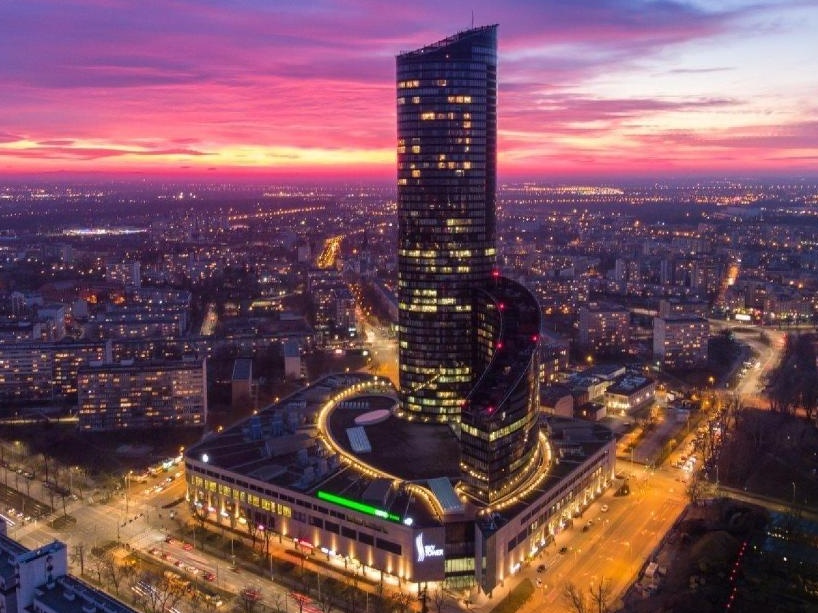
Poland > Wroclaw — Sky Tower 48F
Wroclaw
Poland > Warsaw — Moxo House
Warsaw
Poland > Giant Mountains — Passive Income on Rental
Szklarska Poreba
